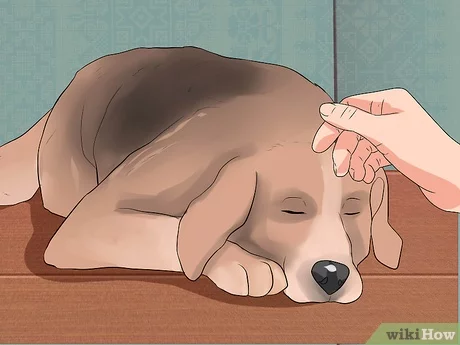Don’t Shoot The Dog
Don’t Shoot the Dog: A Guide to Positive Reinforcement Training
Dogs have been a part of human lives for thousands of years. They are known for their loyalty, companionship, and love towards their owners. However, sometimes dogs can develop certain behaviors that can be frustrating or even dangerous. In such cases, many pet owners resort to punishment as a way of correcting these behaviors. But is punishment the right approach?
In this article, we will discuss positive reinforcement training as an alternative to punishment. We will explore what it is, how it works, and why it is a better option for both you and your furry friend.
What is Positive Reinforcement Training?
Positive reinforcement training is a training method that involves rewarding desirable behavior rather than punishing undesirable behavior. The idea behind this method is simple when a dog does something good, they get rewarded with treats, praise, or playtime. This encourages them to repeat that behavior in the future.
On the other hand, when a dog exhibits undesirable behavior, instead of punishing them, the focus shifts to ignoring that behavior or redirecting their attention towards something else. This helps the dog understand that bad behavior does not lead to any rewards.
How Does Positive Reinforcement Training Work?
Positive reinforcement training works by creating an association between a specific behavior and its consequences. When a dog performs a desirable behavior, they get rewarded with something they enjoy. This could be food, toys, or praise.
Over time, dogs learn that performing that specific behavior leads to positive outcomes. As a result, they are more likely to repeat that behavior in the future.
Why is Positive Reinforcement Training Better Than Punishment?
Punishment-based training methods have been used for decades as a way of correcting unwanted behavior in dogs. However, research has shown that these methods can have negative consequences on a dog’s mental health and well-being.
The use of physical punishment such as hitting or shouting at a dog can cause fear and anxiety. It can also damage the bond between the owner and the dog, making it difficult for them to trust each other.
Positive reinforcement training, on the other hand, focuses on rewarding good behavior rather than punishing bad behavior. This creates a positive association between the owner and the dog, leading to a stronger and healthier relationship.
Additionally, positive reinforcement training has been shown to be more effective in the long term. Dogs who are trained using this method are more likely to exhibit desirable behaviors consistently, as they have learned that these behaviors lead to rewards.
Subtitles:
1. Understanding Your Dog’s Behavior
2. The Science Behind Positive Reinforcement Training
3. How to Implement Positive Reinforcement Training in Your Daily Life
4. Common Mistakes Pet Owners Make When Using Positive Reinforcement Training
5. Advanced Techniques for Positive Reinforcement Training
6. Case Studies: Success Stories of Positive Reinforcement Training
Emotional Language and Personality:
Training your dog is not an easy task, but with positive reinforcement training, you can build a strong bond with your furry friend while correcting their behavior. Punishment-based methods may seem like a quick fix, but they can cause more harm than good in the long run.
By using positive reinforcement training, you can create a happy and healthy environment for your dog while teaching them new skills and behaviors. It takes patience and consistency, but the rewards are well worth it.
Conversational Tone:
Have you ever found yourself yelling at your dog out of frustration? You’re not alone! But there is a better way to correct unwanted behavior without damaging your relationship with your pet.
Positive reinforcement training is a gentle yet effective approach that focuses on rewarding good behavior rather than punishing bad behavior. By using treats, praise, or playtime as rewards, you can train your dog to exhibit desirable behaviors consistently.
Jokes:
Did you hear about the dog who went to obedience school? He got a degree in sit, stay, and roll over!
But in all seriousness, positive reinforcement train



